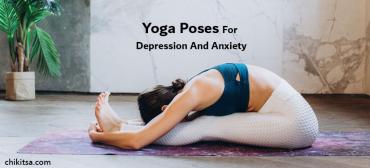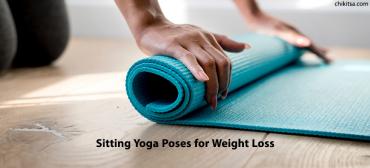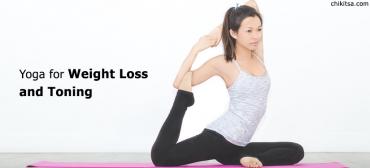10+ Health Benefits of Padmasana or Lotus Pose

You must have heard of a number people speaking about Padmasana, its benefits, and how it can play a major role in your having a healthy life. But, do you know what Padmasana is, its benefits, and how it can help you develop a healthy lifestyle.
Most of the people, who sit in offices, lead a sedentary life and have a very limited chance of going outdoors and getting a healthy workout, go for a jog, or go for a brisk walk. For people, who just cannot step out, we have a great option - The Padmasana - a lotus pose yoga asana that offers immense uses and benefits.
In yoga, there are many different asanas, and Padmasana is one of them. This is a very simple and easy asana to do. But, you should remember that when you do any asana, there is a lot of importance attached to being conscious and alert of what you are doing. Two vital things that you ought to remember that relaxation and concentration play a very vital role while doing any asana.
What is Padmasana?
Padmasana means lotus pose. Over the centuries, the lotus has been synonymous to detachment, rebirth, beauty, purity, spirituality, enlightenment, material wealth, and cosmic renewal. This has been amply demonstrated by the presence of a lotus in many religions across of the world.
The word Padmasana is a Sanskrit word which means a lotus flower, and so it is also known as the lotus pose. It is so called because of the lotus-like posture in which we sit while doing this asana, and it is a very important position for doing asanas.
How To Do The Padmasana?
1. Sit on the floor and stretch your legs.
2. Now hold the right leg in both the hands, fold the legs slowly and place it on the left thigh.
3. Make sure that the feet touch the navel.
4. Similarly, fold the left hand, hold it with both the hands and place it on the right thigh close to the other.
5. Ensure that both the knees touch the floor and the feet are face up. The spinal cord should be straight at this point.
Note: If you have any difficulty in sitting in this posture for a long time you can change the legs and then sit in the same position. The spinal cord should be erect, both the hands should be together or palms facing upside on the knee joints, and the thumb must touch the index finger while the other fingers face upward.
Do the Padmasana for a minute, then open your eyes slowly, open the palm and then release your left leg first, and then release your right leg. Stretch both the legs and relax. Repeat this cycle for 15 to 30 minutes. It is essential to remember that you should not bend the body while doing this asana.
Benefits of Padmasana
Strictly speaking, the Padmasana offers so many health benefits and uses that health and yoga experts suggest doing this asana on a regular basis in order to prevent certain disorders. The Padmasana offers a host of tremendous benefits, many of which are listed below
- It opens up the hips, stretches the ankles and knees, and keeps joints and ligaments flexible
- It calms the brain and increases awareness and concentration
- It keeps the spine straight and helps develop a good posture
- It eases menstrual discomfort and sciatica
- It stimulates the spine, pelvis, abdomen, and bladder
- It relaxes the body and restores energy levels
- It stimulates the abdomen, spine, and bladder
- It reduces unwanted fat from the hips and the thighs
- It increases blood circulation
- It is an excellent remedy for sciatica
- It preserves the vital fluids in the body
- It prevents abdominal diseases and reproductive disorders in women
This is the easiest asana which can be done by men and women of all ages.
A Few Important Things That You Should Know About Padmasana
- This asana is best practiced in the morning, but there is no rule that you cannot do it in the evening.
- It is not necessary that this asana must be done on an empty stomach. But if you are going to do other asanas or exercises, it is best to have a gap of four to six hours before you do this asana. Also, make sure that your bowels are clean.
- Do not do this asana if you have a knee or ankle injury.
- It is very important that this asana must be practiced under the guidance of an experienced Yoga teacher.









